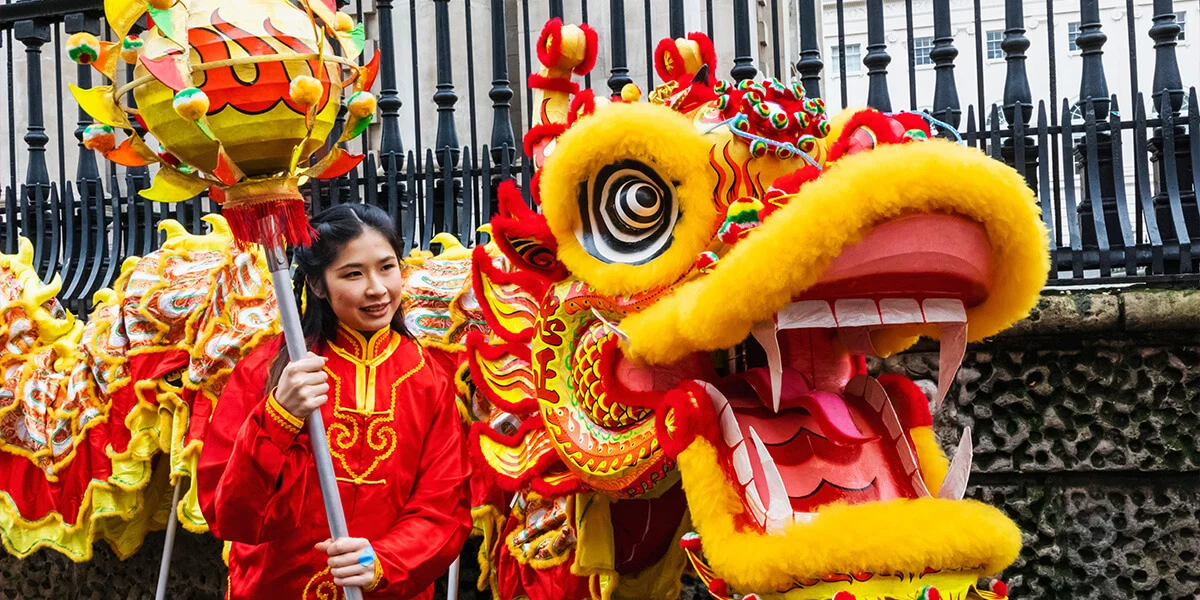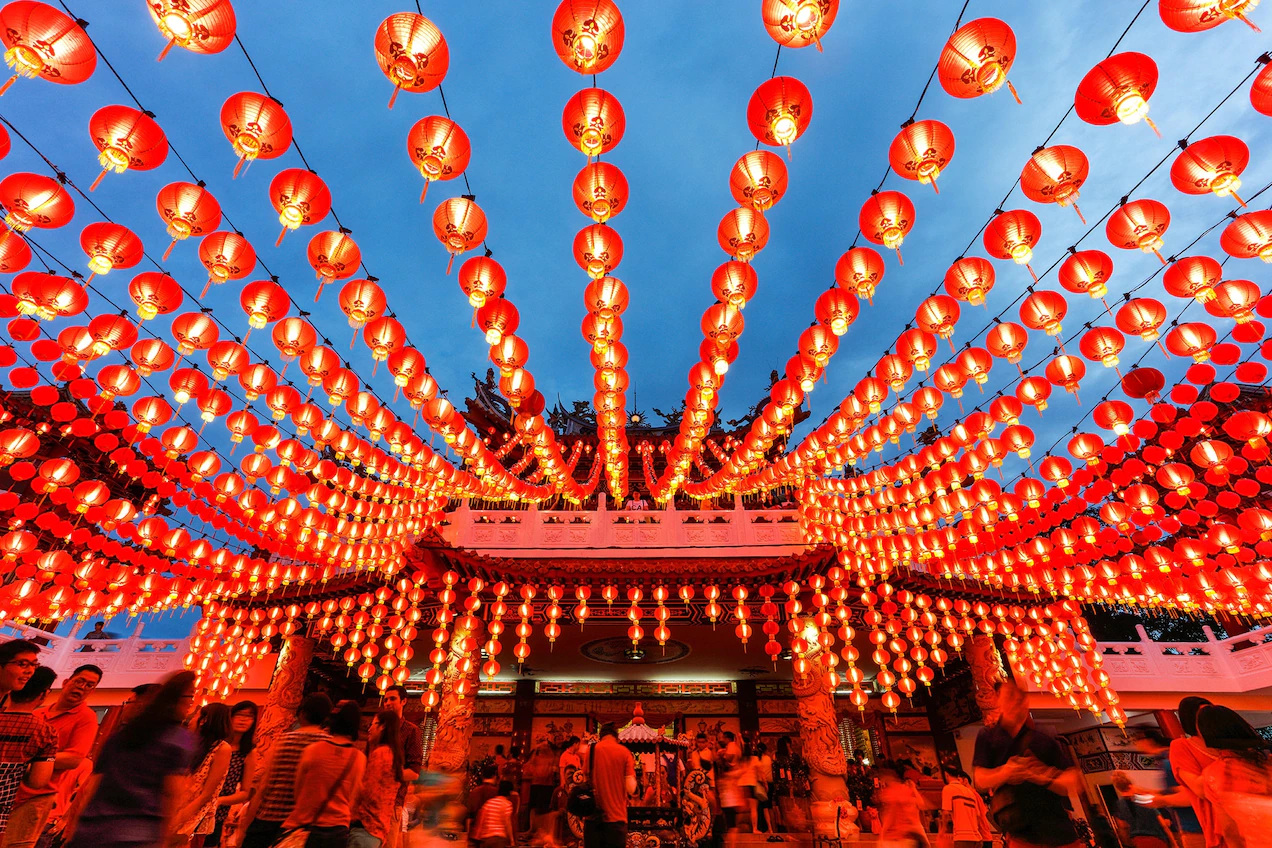By Maria Papagiannopoulou,
Chinese New Year is a festival that marks the beginning of the traditional Chinese lunar new year. In Chinese, the spring season in the lunar calendar traditionally begins on the first day of spring, so the festival is commonly called the Spring Festival. This is his first day of the twenty-four sunny days that the festival celebrates around the time of the Chinese New Year. The end of winter and the beginning of spring are traditionally celebrated from New Year’s Eve, the eve of the first day of the year, to the Lantern Festival on the 15th. The first day of the Chinese New Year begins with the new moon appearing between January 21st and February 20th.
The Chinese New Year is one of the most important holidays in Chinese culture and has greatly influenced the Lunar New Year celebrations of 56 ethnic groups, including the Losar people of Tibet and neighboring countries of China. in Okinawa. It is also celebrated all over the world in regions and countries with large overseas Chinese or Chinese-speaking populations, especially in Southeast Asia. These include Brunei, Cambodia, Indonesia, Malaysia, Myanmar, Philippines, Singapore, Thailand, and Vietnam. It is also known outside of Asia, especially in Australia, Canada, Mauritius, New Zealand, Peru, South Africa, the UK, the USA, and various European countries.
Chinese New Year is associated with several myths and customs. Festivals were traditionally a time to honor both gods and ancestors. Within China, local customs and traditions regarding New Year celebrations vary widely, and the eve of New Year’s Day is often seen as an occasion for Chinese families to gather for the annual reunion dinner. It is also a tradition for every family to clean their homes thoroughly to make room for the pilgrimage. Another custom is to decorate the windows and doors with red silhouettes and verses. Popular themes among these cut-outs and couplets include happiness, fortune, wealth, and longevity. Other activities include lighting firecrackers and handing out money in red envelopes.
Chinese New Year’s Eve
The day before Chinese New Year is usually accompanied by a feast consisting of special meats served at the table as the main course of dinner and as New Year’s offerings. This meal is comparable to Thanksgiving dinners in the United States and vaguely resembles Christmas dinners in other countries with high percentages of Christians.
In northern China, it is common to make dumplings after dinner around midnight. Dumplings symbolize wealth because their shape resembles Chinese sake lees. In the South, on the other hand, it is customary to bake a sticky New Year’s cake and send it out as a gift to relatives and friends within a few days. Niángāo literally means “New Year’s cake” and is a homophone for “more and more successful year after year”.
After dinner, a few hours before midnight, some families can visit a local temple to light the first incense of the year and pray for success. However, in modern practice, many families threw parties to celebrate. Traditionally, firecrackers were lit to ward off evil spirits when the front door was slammed and was called “the door of good fortune.” They were not allowed to reopen until dawn in the ceremony of “opening”. The tradition of staying up late on Chinese New Year’s Eve is known as Zhengshui and is still practiced today because it is believed to extend the life of the parents. It has been.

First Day
The first day, known as the “Spring Festival”, is dedicated to welcoming the gods of heaven and earth at midnight. Lighting firecrackers, burning bamboo sticks, and burning firecrackers were traditional practices, and groups of lion dances were commonly performed as a tradition to ward off evil spirits.
All consumables must be pre-cooked, as typical actions such as lighting fires and using knives are also considered taboo.
A normal tradition on the first day includes a home gathering for the family. In particular, it involves gatherings of family members, especially the elders and the oldest members of the family (usually parents, grandparents, and great-grandparents), as well as the trade of tangerines. Courtesy symbolizes wealth and an abundance of happiness. Married families also give red envelopes of cash to young families called Laixi, Anpou, and Hongbao. This is a form of blessing that quells both aging and the challenges of the coming year that mostly accompany children and adolescents. Company leaders may also give bonuses to their employees in the form of red packs. A number ending in 8 that sounds like huat which especially means wealth, but usually odd packets or money for bad luck. No packets are allowed. Especially the number 4 sounds like si which means death.
Firecrackers and firecrackers have traditionally been very popular but in some areas, they are banned due to the danger of fire which bans fireworks and bangers in certain neighborhoods of the city. Instead, the governments of Hong Kong and Singapore set off massive fireworks.
References
- Top 10 things to know about the Chinese New Year. nationalgeographic.com. Available here
- When is Chinese New Year 2023. rokyalmint.com. Available here




